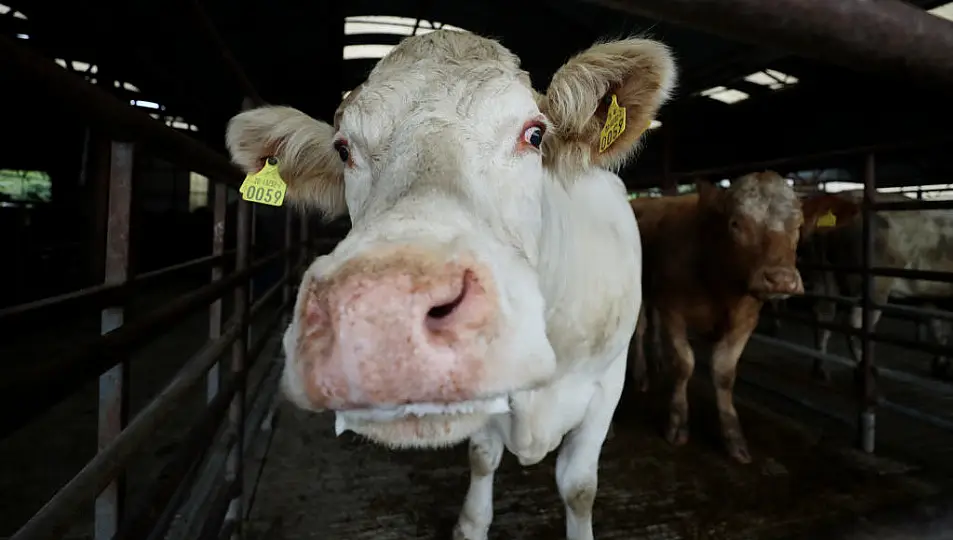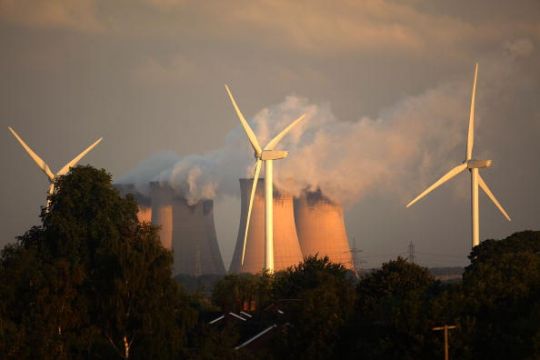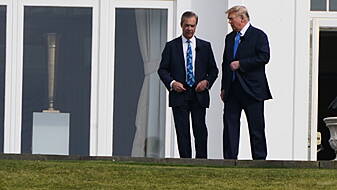The latest Climate Action Plan (CAP), which is expected to be published later this week, will detail measures to be taken over the next decade in various sectors to tackle climate change.
The Government's €125 billion plan will detail which sectors will be impacted in a bid to reduce emissions by 50 per cent by 2030.
The sectors expected to get a lot of attention in the CAP are agriculture, transport, and energy. Any measures brought forward in the plan are expected to make significant changes to how people live going forward in an effort to combat climate change
Here is what to expect...
Targeting of greenhouse gases
Despite the Taoiseach signing a pledge at Cop26 to cut methane emissions by 30 per cent, it is understood that this will not be included in the CAP.
According to The Irish Times, the plan is instead understood to include methane reductions of approximately 10 per cent.
However, larger reductions across other greenhouse gases are being targeted in order to meet an overall reduction of 50 per cent. This will include reductions in nitrous oxide emissions which, like methane, emanate from the agriculture sector.
Carbon cuts for agriculture
Reductions in carbon emissions for agriculture are expected to be the most contentious.
It is understood Minister for Argriculture Charlie McConalogue and Minister for Climate Action Eamon Ryan have agreed to decreases in the sector, reportedly in the region of a 22-30 per cent.
It is expected that half of emission reductions will be achieved through carbon capture and storage, but any decrease linked to land use changes and afforestation will not be linked to agriculture targets.
According to the Sunday Business Post, a nationwide programme to map above-ground carbon storage in trees and hedgerows on every farm in the country is set to feature in the CAP.
A point of major concern for farmers has been the possible reduction in the size of the national herd.

As reported in The Irish Examiner, the Minister for Climate Action has said the Government's plan will see a smaller national herd but will look to protect the family farm.
Early calving and early slaughter of livestock are among the main measures being proposed to reduce emissions, as well as new breeding technology and better use of fertilizers.
Mr Ryan has previously commented that the reduction in the nation herd is anticipated to occur naturally, making it unlikely that it will have to be culled.
Decarbonising transport
As well as agriculture, it is understood the transport sector is set to be in for significant cuts of up to 50 per cent.
The Government is aiming to get half a million more people a day walking, cycling and using public transport.
As reported in the Sunday Business Post, the CAP is set to include a 25 per cent reduction in kilometres travelled in petrol and diesel cars as well as biofuel blends for vehicles.
New measures will be implemented to phase out the public fleet of petrol and diesel vehicles, as well as schemes to incentivise sustainable trucks, buses and vans, with all new fleet purchases in the public sector to be zero-emission vehicles, where available and operational, by 2023.
A focus on electric transport in the CAP is not a surprise, as an earlier target of getting 900,000 electric vehicles on the road by 2030 is still a long way away. It is understood there is an aim in the CAP for an increase of 45 per cent in the proportion of kilometres travelled by electric cars across the country.

Mr Ryan, who also holds the transport portfolio, said it was unclear if Irish aviation would shrink between now and 2030, saying much of the industry's focus would be on ramping up the use of sustainable aviation fuel.
Green energy
Carbon output in electricity production is set for significant cuts of between 62-81 per cent.
Electricity output will benefit from a major shift to wind energy. The Government has set a target of 5GW (5,000MW) of offshore wind electricity by 2030, a large increase.
However, experts have previously warned Ireland will fail to meet its renewable energy targets if this aim is not met.
As reported in The Irish Times, no new fossil fuel heating systems will be installed from 2023 in public buildings, with some limited exceptions, it is understood.
The volume of electricity used by data centres has recently become a politically charged issue, with advocates of foreign direct investment saying they are key to the State retaining the European headquarters of US technology giants.
Mr Ryan said the location of data centres helps and strengthens the country, but that the current growth rates, which he said will lead to data centres using 23 per cent of the State's electricity output by 2030, cannot continue.
Anything else?
As well as the agriculture, transport and energy sectors, there are a number of other measures expected to be detailed in the Government's plan to target emissions.
It is understood that construction will have a target of 44-56 per cent reduction in emissions while enterprise will be aiming for a 29-41 per cent cut.
The CAP is expected to include a deposit plan for plastic bottles to tackle the issue of plastic waste.
A focus on "green careers" is also anticipated with the aim of encouraging 25,000 apprenticeships to carry out an extensive retrofitting plan.
These green measures and more are expected in the new Climate Action Plan to be published this week.







